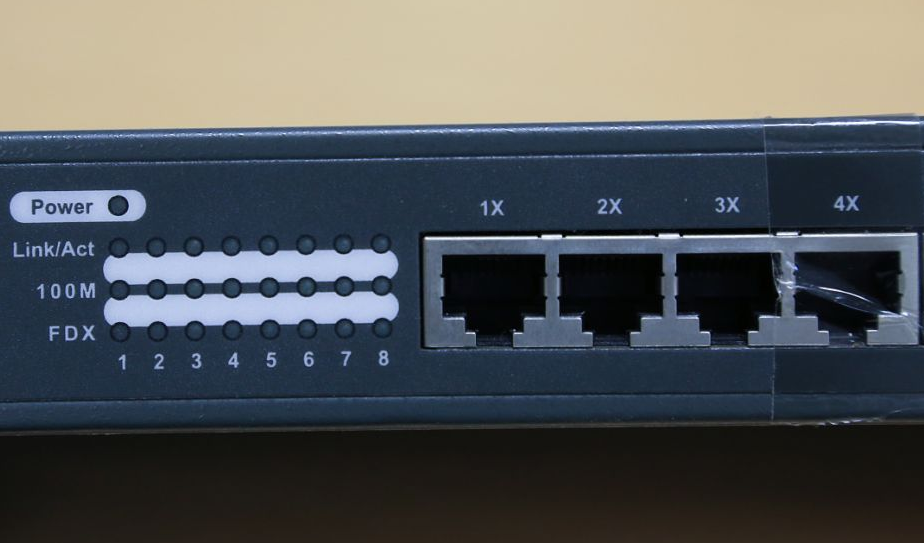What is a gateway
A gateway is a device used to communicate between different networks. It allows converting data between different protocols, rates or formats. In other words, a gateway is a bridge that enables communication between two or more incompatible networks.
In computer networks, different networks may use different protocols, rates, formats, etc., so gateways are needed to achieve communication between different networks. For example, one company may use Ethernet protocols in its internal local area network (LAN), while another company may use heterogeneous network protocols (such as ATM) to connect its internal devices. In this case, communication between the two networks can be achieved by connecting them through a gateway-apparaat.
Gateways are often used to connect communications between a local area network (LAN) and a wide area network (WAN), or to connect a LAN to the Internet. In these scenarios, the gateway can forward the data to the correct destination for network communication. Because gateways can connect multiple networks, they are often used in large-scale networks to implement complex network architectures.
What is a switch
A switch is a network device used to exchange data within a local area network (LAN). It identifies various devices in the network and forwards packets from one port to another as needed. Within a LAN, switches can provide high-speed, reliable data transmission while avoiding network congestion.
The switch works on the second layer of the OSI (Open Systems Interconnection) model, which is the data link layer. Its main function is to forward data packets from one port to another, filtering and discarding invalid data packets in the process, thereby improving the performance and reliability of the network.
The switch identifies different network devices by learning MAC (Media Access Control) addresses and forwards data packets to the correct destination as needed. When a packet arrives at the switch, the switch looks up its destination MAC address and forwards it to the correct port. If the switch does not find the destination MAC address, it broadcasts the packet to all ports so that the destination device can receive the packet.
In a LAN, switches can connect multiple devices (such as computers, servers, printers, etc.) and provide high-speed, reliable communication for these devices. Because a switch can achieve point-to-point data transmission, it is more efficient and reliable than traditional network equipment such as a hub. At the same time, the switch can also filter data packets to prevent unnecessary data flows from entering the network, thereby improving network security.

The difference between gateway and switch
Network equipment is an integral part of modern communication networks, of which gateways and switches are two common devices. Although both devices are used for network communication, their functions and roles are different. This article will explore the differences between gateways and switches.
First, let’s learn about switches. A switch is a device used to exchange data within a local area network (LAN). It identifies various devices in the network and forwards packets from one port to another as needed. Within a LAN, switches can provide high-speed, reliable data transmission while avoiding network congestion. In addition, switches can filter packets to prevent unnecessary traffic from entering the network.
However, a gateway is a device that communicates between different networks. It allows converting data between different protocols, rates or formats. In other words, a gateway is a bridge that enables communication between two or more incompatible networks. For example, it can connect different LANs or connect a LAN to the Internet.
When comparing these two devices, switches are more focused on internal network communications, while gateways involve communications across different networks. In addition, switches are usually used in small-scale networks, while gateways are more suitable for large-scale networks.
In general, switches and gateways are important devices for network communications. Their functions and roles vary, but they are all necessary tools to ensure reliable and efficient network communications. If you are considering how to build a network architecture, it is important to understand switches and gateways.